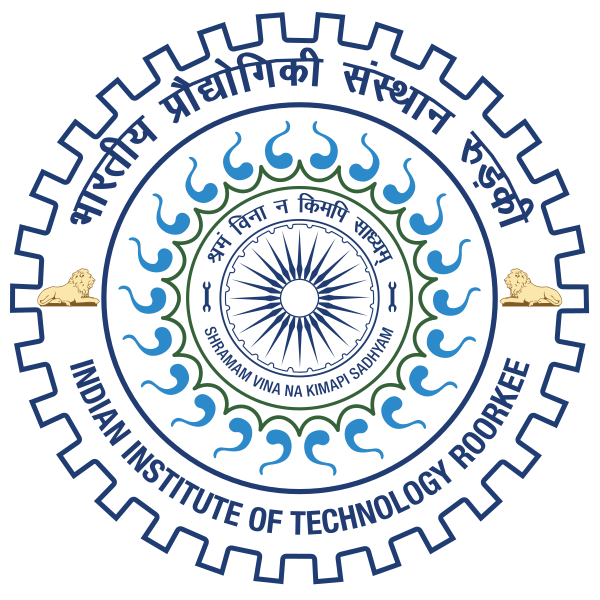Please use this identifier to cite or link to this item:
http://localhost:8081/jspui/handle/123456789/8685Full metadata record
| DC Field | Value | Language |
|---|---|---|
| dc.contributor.author | Kumar, G. Vijaya | - |
| dc.date.accessioned | 2014-11-15T11:29:23Z | - |
| dc.date.available | 2014-11-15T11:29:23Z | - |
| dc.date.issued | 2001 | - |
| dc.identifier | M.Tech | en_US |
| dc.identifier.uri | http://hdl.handle.net/123456789/8685 | - |
| dc.guide | Kothyari, U. C. | - |
| dc.description.abstract | Mathematical modelling has proved to be an efficient tool for the study of morphological processes in alluvial streams. Generally these processes occur over long time periods. However, some extreme event Eke a severe flood may cause extensive changes in river morphology over a short period. Therefore, a study involving unsteadiness of flow in alluvial rivers is impmYaut A one-dimensional model is studied in the present thesis for simulation of unsteady flows in alluvial rivers. A number of mathematical models exist for the study of alluvial rivers processes. In these mainly the governing equations for one-dimensional flow have been solved using the finite diference methods. Most of these mrodels are uncoupled in nature. Lyn(1997) pointed out important limitations of uncoup led models. For studying cases when discharge and sediment inputs are variable, a co-upled model is therefore necessary. The model studied in the present thesis as based on the following set of governing equations for one-dimensional flow. 1. continuity equation for water B &( 2. momentum equation for water &84h + 2ght +gh +gust =o I. continuity equation for sediment al(I— PIS+99hJ+ T=0 Here h = Depth of flow, z'a Bed elevation, g = Acceleration due to gravity, Sr = Slope of energy grade line, q= Discharge of flow of water sediment mixture, qfe Unit sediment discharge, p = Porosity, x = Distance along flow direction and i = Time. The above equations can be numerically solved in conjunction with the auxiliary equations for determination of Sr and qr in terms of local flow parameters. In the present study two resistance equations and three different sediment transport equations have been provided for use, The disc retization of these equations has been done using the MacCmmack finite difference explicit scheme. The process of aggradation and degradation are studied using th a present | en_US |
| dc.language.iso | en | en_US |
| dc.subject | CIVIL ENGINEERING | en_US |
| dc.subject | ALLUVIAL RIVERS | en_US |
| dc.subject | SEDIMENT TRANSPORT EQUATIONS | en_US |
| dc.subject | MACCMMACK FINITE DIFFERENCE EXPLICIT SCHEMES | en_US |
| dc.title | MATHEMATICAL MODELLING OF ALLUVIAL RIVERS | en_US |
| dc.type | M.Tech Dessertation | en_US |
| dc.accession.number | G10336 | en_US |
| Appears in Collections: | MASTERS' THESES (Civil Engg) | |
Files in This Item:
| File | Description | Size | Format | |
|---|---|---|---|---|
| CEDg10336.pdf | 1.9 MB | Adobe PDF | View/Open |
Items in DSpace are protected by copyright, with all rights reserved, unless otherwise indicated.

